In 2004, Lake Victoria, Africa’s biggest lake, turned a sickly shade of green almost overnight.
It became contaminated with cyanobacteria, a type of algae, and the 500,000 people of Kisumu City, Kenya, temporarily lost access to their drinking water.
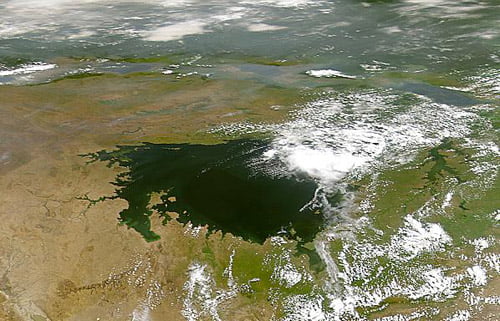
This wasn’t an isolated incident. In fact, around 40 percent of the world’s lakes and reservoirs have been affected by this phenomenon.
It starts with farmers fertilizing their crops. They have no way of knowing how much of it the soil has retained, so they keep on adding fertilizer.
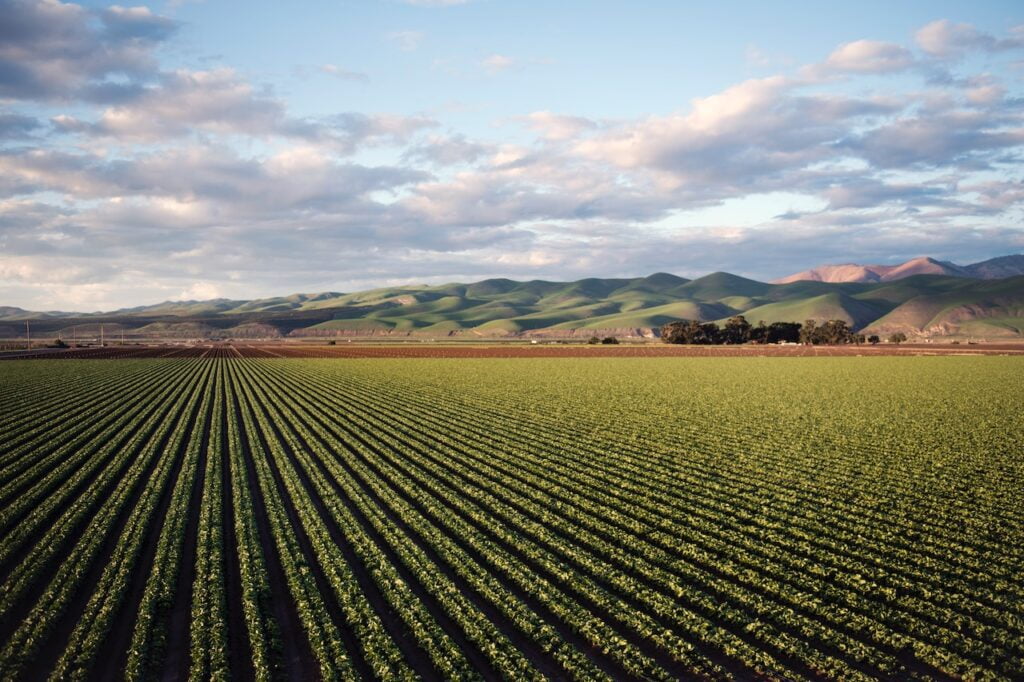
Rainfall and irrigation eventually causes all of these nutrients to sink into the groundwater, or run off into our lakes and rivers.
The algae in these waters rapidly grow and reproduce, consuming all of the oxygen and killing fish and other organisms.

Dr. Elad Yeshno, of the Ben Gurion University of the Negev, has spent eight years developing a solution.
It automatically and continuously extracts water from the soil (known as the pore water solution), and measures its UV light absorbency. The algorithms then differentiate between the various components in the solution, and present the level of soil nitrate, the most common fertilizer element.
Together with Rafi Levi, he founded DOTS (Data of the Soil), a startup that continuously provides farmers with data on the nitrate level of their soil.
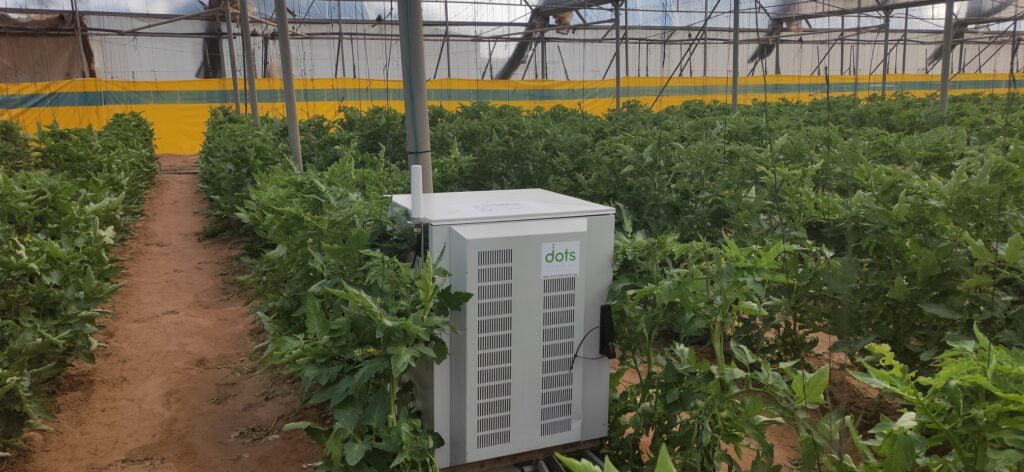
All the farmers need to do is install the shoebox-sized system in the soil. Their computer connects to DOTS’ cloud, which shows them graphs indicating whether or not they need to add more fertilizer to their land.
Until now, farmers have only been able to measure the amount of fertilizer they’re putting in, but not the amount of fertilizer that’s already present, says Levi, CEO of the company.
“Because there is no way to monitor fertilizers, the prevailing or common practice is overapplication, because fertilizers are critical for crops and good yields,” he says.

“So the tradition is, since they don’t have a way to measure, it’s better to be safe than sorry, and they overdose.
“And in fact, what happened is that over the last 40 or 50 years of excessive agriculture, we’ve poisoned our groundwater, we’ve poisoned our water reservoirs, and we’ve poisoned the air with greenhouse gas emissions, which have intensified due to the overapplication of fertilizers and evaporation of fertilizers from the soil.
“Agronomists will say that you need a certain ratio of fertilizer in the water content, and farmers will just put in that amount every time they irrigate. What they don’t take into account is the starting point.
Sign up for our free weekly newsletter
Subscribe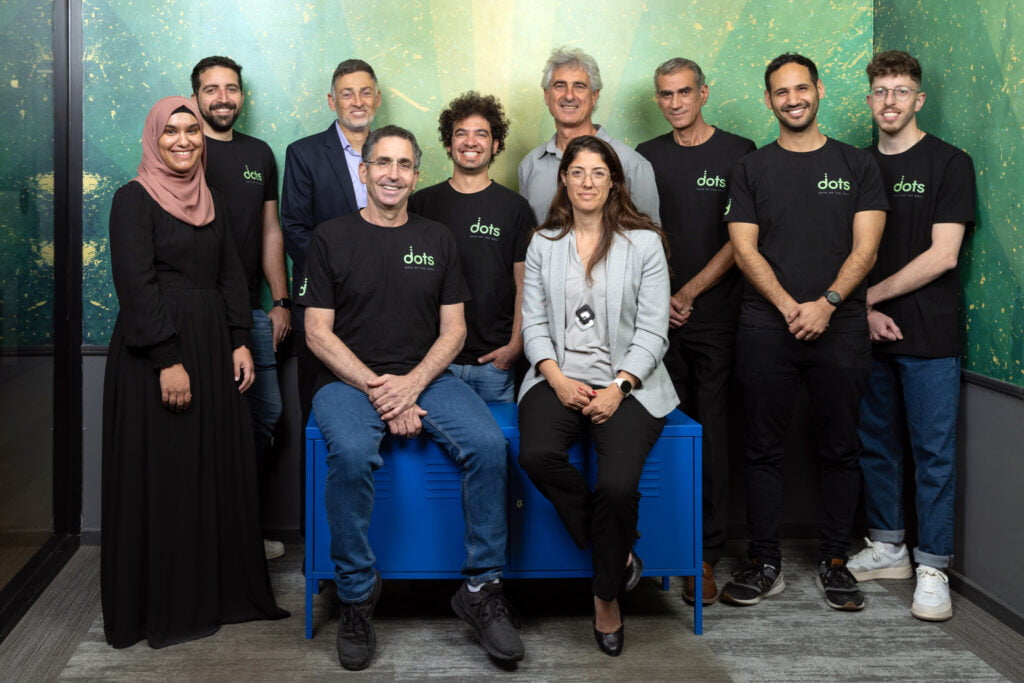
“What we offer them is a way to measure what they already have in the ground, and close the gap.”
“My primary mission was to find out how to measure nitrates, the dominant ingredient in fertilizer, through a spectral analysis, and overcome the interference of the dissolved organic carbons,” says Yeshno.
“The nitrates in the soil are extremely dynamic, and if you want to optimize fertilizer application, you need real time and continuous data.”
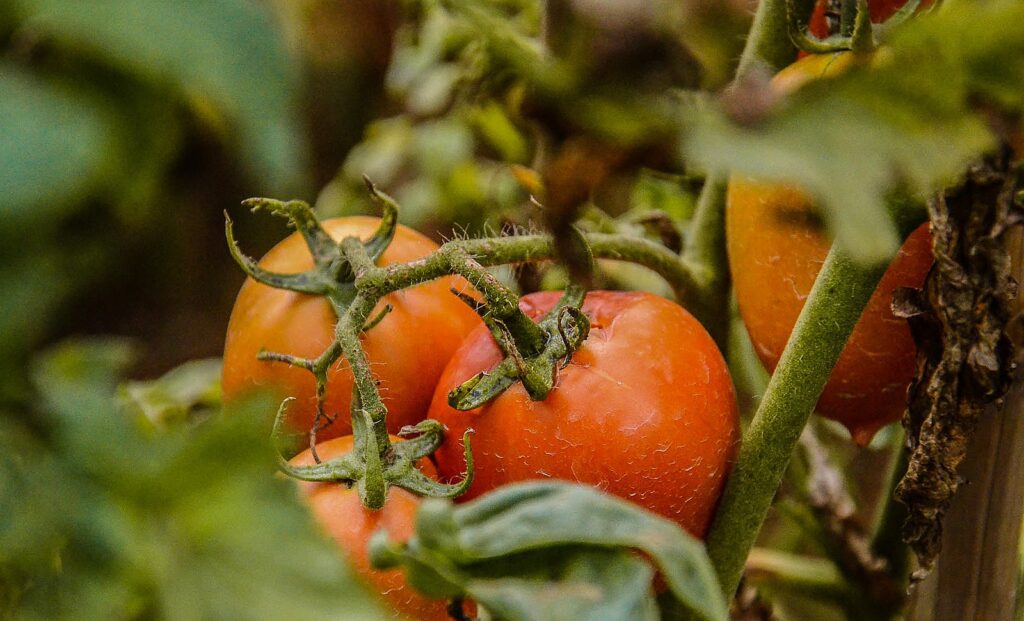
Spectral analysis is a standard protocol used for solutions developed in laboratories. Until now, it could not be performed on soil water because it contains dissolved organic carbon, which masks the ability of UV light to filter through it and illuminate its other compounds. He developed algorithms capable of simplifying the otherwise complicated process.
Yeshno says nitrates, which cling to water (unlike fertilizers like potassium and phosphorus, which cling to soil), sink deep into the ground with the gravitational movement of water, which is why nitrate levels can vary by the hour.
The system uses patented sensors that are installed in multiple depths, depending on the specific crop. Currently, DOTS estimates that it needs two systems per hectare of agricultural land. It is powered by a solar panel, and only needs to be replaced every five years.
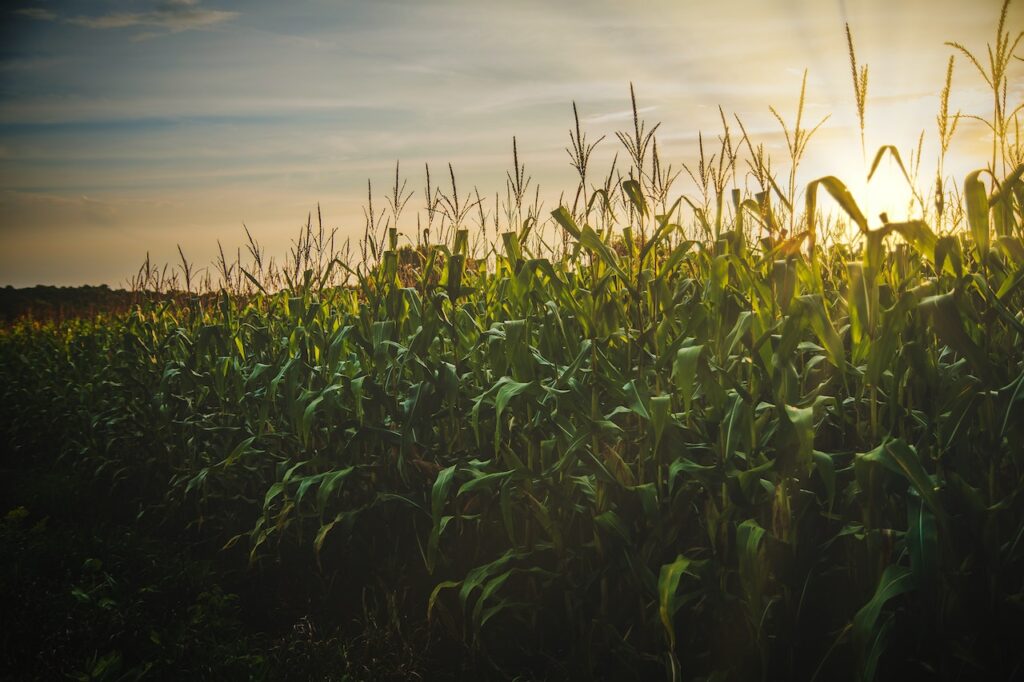
It’s already being used by two farms in Israel. One is a tomato farm in the south of the country, which managed to save 28 percent on fertilizer use during a single season of using DOTS. The other, a farm in the Arava Desert, also in the south of Israel, grows peppers.
DOTS aims to implement its system in pilots across US and European farms by the summer.
Levi says there are competitors who can also provide fertilizer data, but the problem is that they are not continuous.
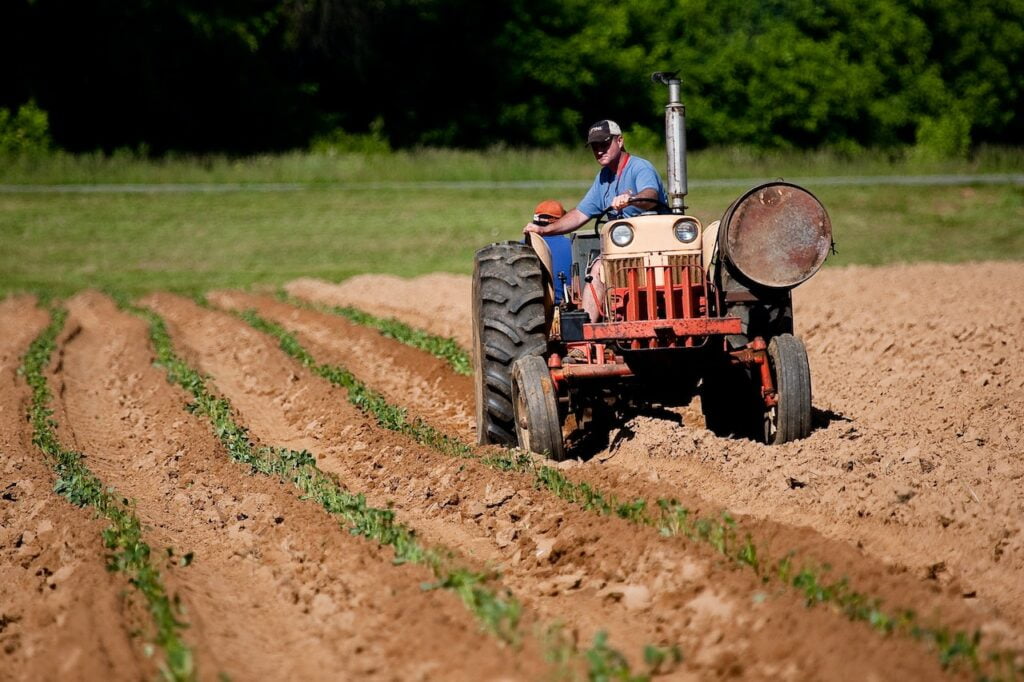
“I like to compare our solution to an EKG, whereas the prevailing solutions are stethoscopes,” says Levi.
“They get precise data, but you need a person to listen to the data, and the minute you detach the stethoscope from someone’s chest, you don’t hear anything.
“Our system continuously stays in the ground and gives you the graph or the data continuously without anyone touching it, 24/7, 365 days a year, five years straight.”
“It’s not that our competitors are not good. They’re different, and they don’t cater for the full solution.”
Related posts

Editors’ & Readers’ Choice: 10 Favorite NoCamels Articles

Forward Facing: What Does The Future Hold For Israeli High-Tech?

Impact Innovation: Israeli Startups That Could Shape Our Future




Facebook comments